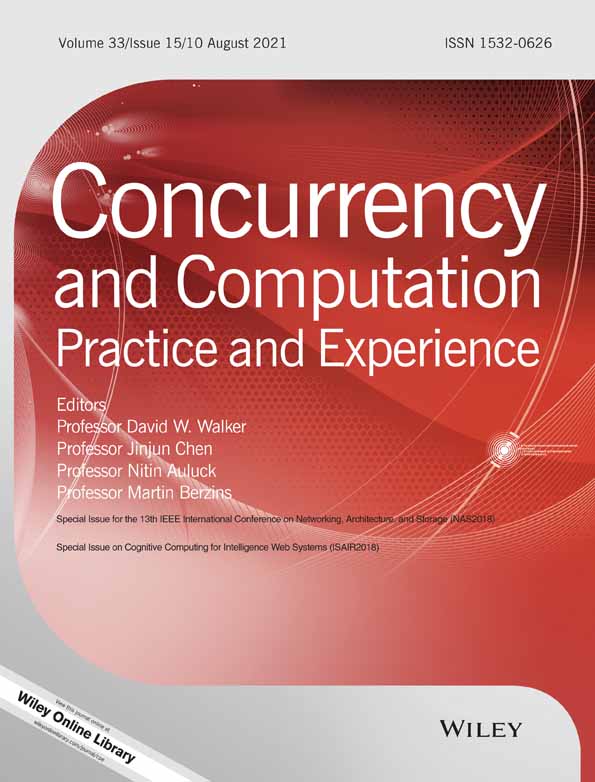Fast dynamic routing based on weighted kernel density estimation
Summary
Capsules as well as dynamic routing between them are most recently proposed structures for deep neural networks. A capsule groups data into vectors or matrices as poses rather than conventional scalars to represent specific properties of target instance. Based on pose, a capsule should be attached to a probability (often denoted as activation) for its presence. The dynamic routing helps capsule network achieve more generalization capacity with fewer model parameters. However, the bottleneck, which prevents widespread applications of capsule, is the expense of computation during routing. To address this problem, we generalize existing routing methods within the framework of weighted kernel density estimation, proposing two fast routing methods with different optimization strategies. Our methods prompt the time efficiency of routing by nearly 40% with negligible performance degradation. By stacking a hybrid of convolutional layers and capsule layers, we construct a network architecture to handle inputs at a resolution of 64 × 64 pixels. The proposed models achieve a parallel performance with other leading methods in multiple benchmarks.




